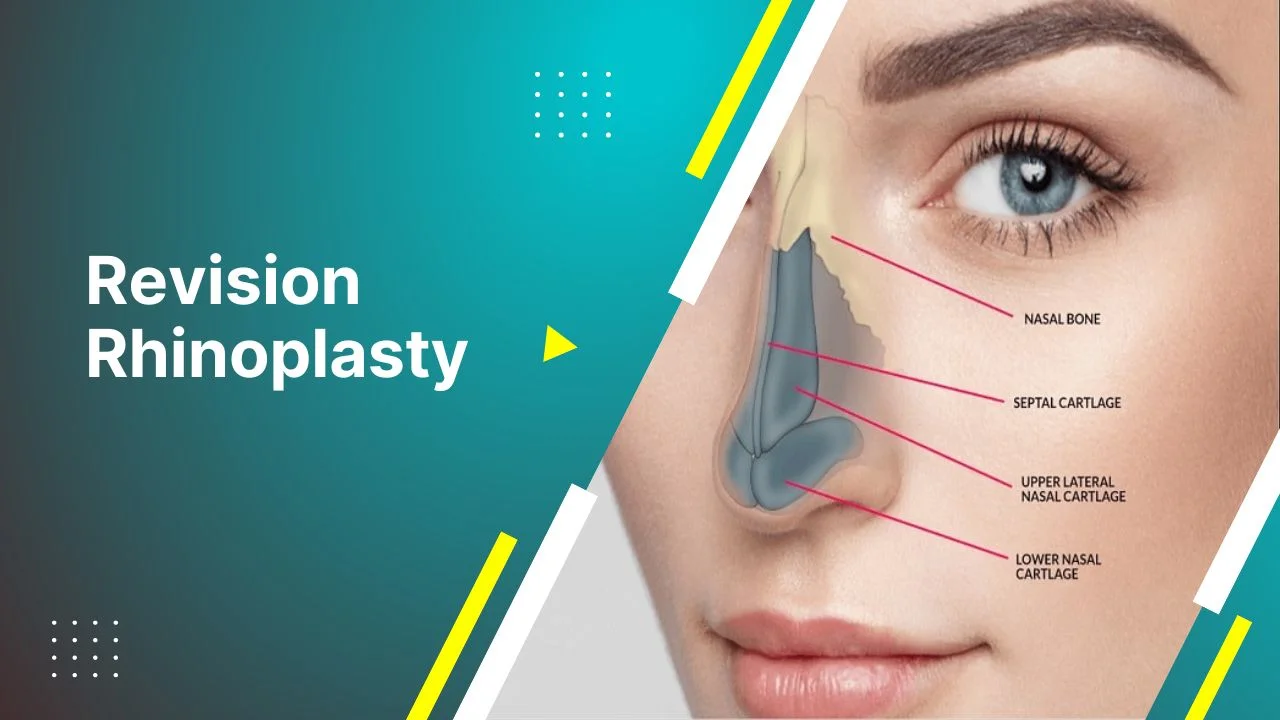Cosmetic procedures, whether surgical or non-surgical, have become increasingly popular as people seek to enhance their appearance and boost their confidence. While these procedures offer impressive results, it’s crucial to understand the potential risks and complications that can arise. No matter how advanced the technology or experienced the practitioner, all cosmetic treatments carry some level of risk. From mild side effects to more severe complications, being fully informed is key to making safe and responsible decisions.
In this blog, we’ll dive into the different types of risks and complications associated with cosmetic procedures, ranging from infection and scarring to issues like asymmetry, anesthesia reactions, and the potential for dissatisfaction with results. We’ll also explore how choosing a qualified, experienced practitioner, following post-procedure care instructions, and setting realistic expectations can help minimize these risks. Understanding these factors is essential for anyone considering cosmetic treatments, ensuring that their decision is well-informed and their safety is prioritized.
Common Complications and How They Are Managed
While cosmetic procedures generally have a high success rate, complications can occur, and it’s important to understand how they are managed. Some of the most common complications include infection, scarring, asymmetry, and bleeding. Infections can arise if post-operative care instructions are not followed, but they are typically managed with antibiotics and proper wound care. Scarring is another concern, especially with surgical procedures. Surgeons take steps to minimize visible scarring, and if hypertrophic or keloid scars form, treatments such as silicone gels or steroid injections can be used to reduce their appearance.
Asymmetry can occasionally occur, particularly in facial procedures, where one side may heal differently from the other. If this happens, further adjustments or touch-ups may be necessary to achieve a balanced outcome. Bleeding is another potential issue, especially in invasive surgeries. While minor bleeding is normal, excessive bleeding can be managed with proper pressure application and, in some cases, additional medical intervention.
Other risks, like nerve damage, can result in temporary numbness or altered sensation in the treated area. This typically resolves over time but can be managed by the surgeon during the recovery process to ensure proper healing. Managing these complications effectively often involves early detection, timely medical intervention, and adherence to post-operative care instructions. By working closely with an experienced cosmetic surgeon and being proactive about follow-up care, many of these complications can be minimized or successfully treated.
The Importance of Choosing a Qualified Surgeon
Choosing a qualified and experienced surgeon is one of the most crucial decisions when considering a cosmetic procedure. The success and safety of the treatment largely depend on the surgeon’s expertise, skill, and understanding of your individual needs. A qualified surgeon should be certified by recognized medical boards and have a proven track record in performing the specific procedure you’re interested in. This ensures they have undergone rigorous training and have the necessary qualifications to handle both common and rare complications that may arise.
Beyond credentials, a qualified surgeon should also have experience with the specific cosmetic procedure you’re considering. They should be able to assess your health history, explain the potential risks, and offer realistic expectations for the outcome. Additionally, an experienced surgeon will be familiar with the latest technologies and techniques, ensuring that your treatment is as safe and effective as possible.
Choosing a less experienced or unqualified surgeon can increase the risk of complications, unsatisfactory results, or even long-term damage. That’s why it’s essential to research thoroughly, read reviews from previous patients, and consult with the surgeon to discuss your goals and concerns. Ultimately, selecting a skilled, reputable surgeon helps ensure that your cosmetic procedure is performed safely, with optimal results.
Recognizing and Addressing Unfavorable Outcomes
While cosmetic procedures are generally safe and effective, there are instances where the results may not meet expectations or complications arise. Recognizing and addressing these unfavorable outcomes early is essential for ensuring the best possible recovery and outcome. Some common issues include asymmetry, scarring, infection, or unsatisfactory aesthetic results. It’s important to be aware of any signs of complications, such as unusual swelling, pain, or changes in the appearance of the treated area, which could indicate problems like infection or poor healing.
If you experience any adverse effects, the first step is to contact your surgeon immediately. A qualified surgeon will evaluate the situation, identify the cause, and suggest the appropriate steps to correct the issue. For instance, if asymmetry occurs after a facial procedure, a follow-up treatment might be required to adjust the balance. In the case of scarring, the surgeon may recommend treatments such as silicone gels, pressure garments, or laser therapy to minimize their appearance.
If the issue is due to dissatisfaction with the aesthetic outcome, a revision procedure may be needed to achieve the desired look. It’s crucial to set realistic expectations before the procedure and maintain open communication with your surgeon throughout the recovery process. By recognizing potential complications early and seeking professional guidance, unfavorable outcomes can often be addressed effectively, helping you achieve the best possible results.






